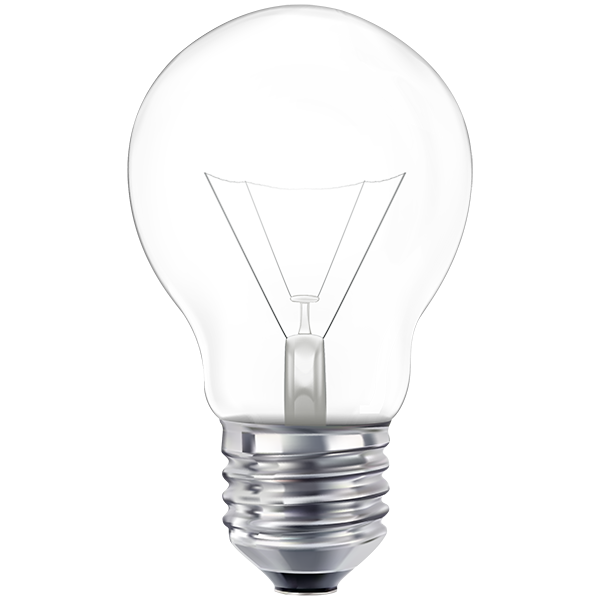Aditi Nayak, MBBS: Why I Chose a Career in Biomedical Innovation
 Credit: DFID UK Department for International Development
Credit: DFID UK Department for International Development
Addressing health care inequities between the developed and developing world has always been the primary motivation for my pursuit of a life in medicine.
My most impressionable years growing up in India were spent discussing the why's and why not's of medicine with my father – an academic nephrologist and my first mentor.
Why do our rural Indian patients perceive that home-based peritoneal dialysis (PD) is inaccessible to them, despite its intuitive benefits? Why not use the connectivity boom to create a simple remote monitoring platform that addresses this, and therefore improves PD utilization in India?
My first foray into biomedical innovation was rewarding. Outcomes for our rural patients were now on par with their urban counterparts.
Our work was recognized as a prime example of potential for "reverse/trickle-up" innovation of value-based technology from India to the U.S. in a book by management leaders in strategic innovation.
Most importantly, when I visited a self-reliant farmer who could continue to provide for his family while performing PD at home, I realized that my calling lay in the translational intersection of research-based theory, and impact on clinical practice paradigms.
Innovation is hard to define, and means something slightly different to everyone. However, this definition by Nick Skillicorn speaks to me: "Innovation is turning an idea into a solution that adds value from a customer's perspective."
What does this mean in the biomedical context, and how is this different from the traditional biomedical research construct?

Biomedical innovation is the ideation and implementation of new or improved health policies, systems, products, technologies, services or delivery methods, aimed at solving an unmet clinical need.
To me, the fundamental difference between biomedical innovation and research is that innovation begins with the identification of a "true" unmet clinical need. This is followed by solution finding and implementation.
Innovation cycles from bedside → bench → bedside again. While traditional research may initiate from an idea at the bedside and then move into the lab to follow the traditional bench → bedside research model, the innovation process focuses on implementation.
Therefore, the two are different but complimentary: innovation is driven and evaluated by research, and biomedical research requires innovation for scalable health care impact.
While learning to put the clinical or economic value proposition first is becoming increasingly important in any setting, it is essential to sustainably bridge health care disparities driven by socioeconomics.
These reasons are why I have chosen a career in biomedical innovation.

The "Why Innovation" section series is a brief write-up from ACC Health Care Innovation Section members to give readers a background of their professional journey, and explain the significance of innovation to their work and in the field.
Authors can include their personal definition of innovation, as well as tips or tricks on how to bring innovative ideas to the table in otherwise traditional settings and spaces.

